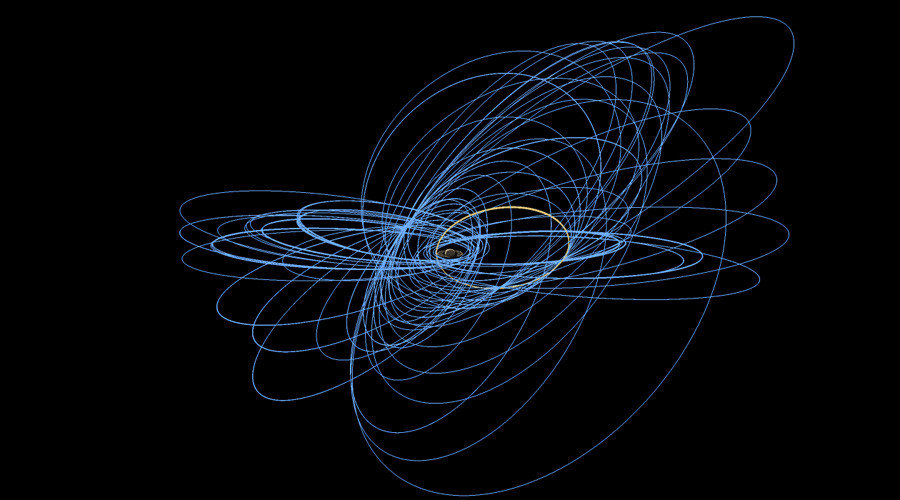
On Wednesday, November 30, Cassini will begin the initial phase of its mission following a "gravitational nudge" from Saturn's moon, Titan, to begin its first set of "daring" ring-grazing orbits. In the first two orbits, Cassini will pass directly through one of Saturn's "extremely faint" rings, eventually building up to the "dusty" outer reaches of the F ring in March and April. During orbit, Cassini will get within about 56,000 miles (90,000 km) of Saturn's cloud tops. "Even though we're flying closer to the F ring than we ever have, we'll still be more than 4,850 miles (7,800 kilometers) distant. There's very little concern over dust hazard at that range," said Earl Maize, Cassini project manager at JPL.
The mission is expected to offer "unprecedented" views of the moons that orbit near Saturn's rings including Pandora, Daphins, Pan and Atlas, give scientists an insight into other possible moons in the area and observe any meteor impacts on the rings. "We're calling this phase of the mission Cassini's Ring-Grazing Orbits, because we'll be skimming past the outer edge of the rings," said Linda Spilker, Cassini project scientist at NASA's Jet Propulsion Laboratory in California. "In addition, we have two instruments that can sample particles and gases as we cross the ringplane, so in a sense Cassini is also 'grazing' on the rings."
At its closest, Cassini will get about 1,012 miles (1,628 km) above the clouds, before it will end its 20 year space mission by plummeting into Saturn on September 15, 2017. The spacecraft's "grand finale" was "carefully designed" by the Cassini team who were wary of the spacecraft's low fuel and potential risk to "potentially habitable moons".Cassini has been exploring Saturn, its rings and moons since it launched in 1997, discovering a global ocean within Enceladus and liquid methane seas on Titan are some of the highlights from its list of exciting discoveries.



Comment: Enceladus is now considered one of the solar system's top spots to search for alien life.
See also: